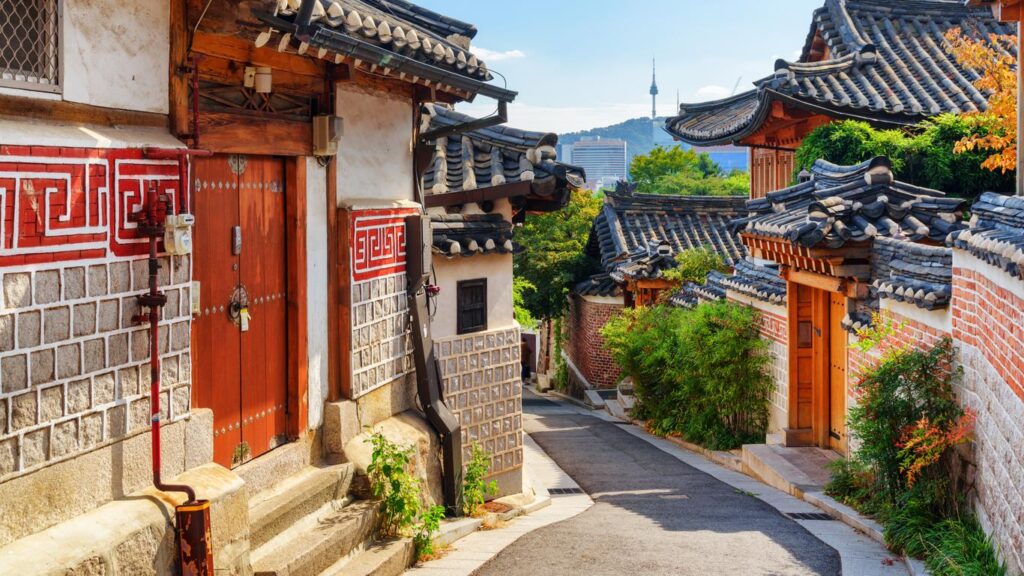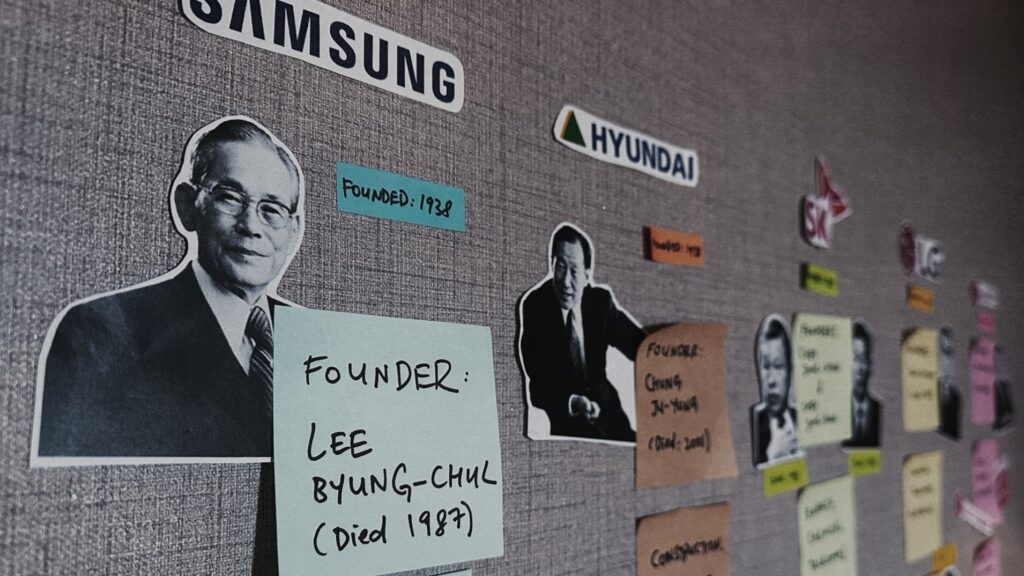At What Age Can Korean Teenagers Start Working?
Curious about when Korean teens can trade their textbooks for timecards and start making some money? Maybe you’re a teenager yourself, dreaming of financial freedom (and, let’s be real, satisfying your bubble tea cravings). Or maybe you’re just interested in how things work in Korea. Either way, you’re in the right place! Let’s dive into the world of part-time jobs for Korean teens—don’t worry, we’ll keep it fun and simple!

What’s The Minimum Age?
In Korea, the minimum working age is 15. That’s right! Teens can officially start working once they hit 15. But hold on—there’s a little more to it (because nothing is ever that simple, right?). Teens aged 15 to 18 can work only with permission from their parents, and there are restrictions on the types of jobs they can do. Sorry, working in nightclubs or bars is a no-go. But on the bright side, you can still whip up a perfect latte at a café or serve tasty tteokbokki at a local food stall!
Prioritizing School Over Jobs
Even though Korean teenagers can work starting at age 15, school is still the number one priority. Part-time jobs are only allowed outside school hours, so no skipping math class to flip burgers! Plus, teens can work up to seven hours a day or 35 hours a week, which leaves plenty of time for studying, catching up on sleep, and, of course, binge-watching your favorite K-dramas (you know, for balance).
Planning on getting a part-time job during summer break? Go for it! Korean teens can work up to eight hours a day during school vacations, giving them more flexibility to earn cash and enjoy their time off. It’s also a fantastic way to gain experience, learn new skills, and meet people (and who doesn’t love a little extra money and new friends?).
The Work Permit Process
Wait a second! Before 15-year-olds race off to find a job, there’s one more thing: they need a work permit. That’s right—the government likes to keep things official. You’ll need permission from your parents and the Ministry of Employment and Labor. It’s not too difficult, but it’s important to get the paperwork sorted before you start dreaming of your first paycheck.
For Korean teenagers, part-time work isn’t just about making money; it’s also a stepping stone toward building their future careers. By the time they reach their 20s, they’ll have some solid experience on their résumé and hopefully enough savings for a shopping spree or that well-deserved summer trip. If you’re ready to balance school with a part-time job, Korea has plenty of opportunities waiting for you!



